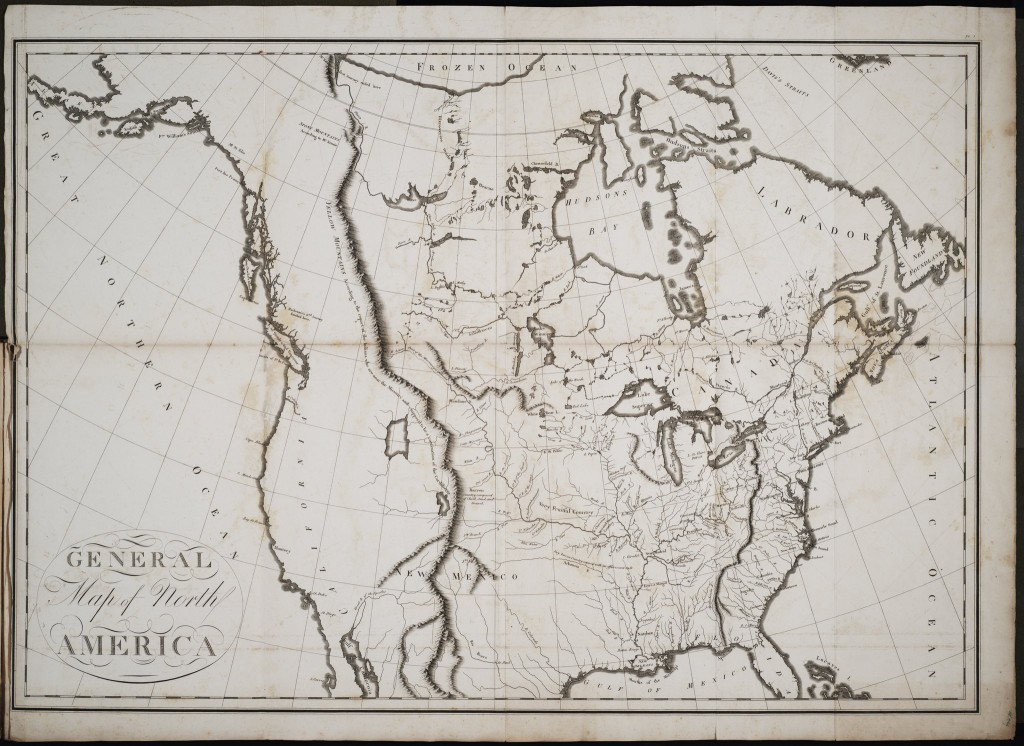By: Lauren Cardon, Assistant Professor of English
This is the second post of a five-part series on Dr. Cardon’s English 103 — honors composition — classes and their project using Special Collections materials to create a physical display for exhibition in the W.S. Hoole Library Lobby. The following is Cardon’s curatorial essay explaining the show.
Archives offer a unique perspective on any given historical moment or narrative. Reading love letters between a husband and wife separated by war, perusing journals of homeopathic remedies, or looking at sheet music and album covers from the past – these glimpses of personal and cultural history offer researchers a depth and complexity difficult to capture in secondary materials. The holdings of the University of Alabama’s Division of Special Collections present personalized snapshots of history, whether in the marginalia of a colonist’s personal Bible, the journal and records of a general store owner, or the property photographs taken by a local farmer.
During Fall 2014, I asked my students from three sections of English 103: Advanced Composition to research their family histories. This project had three primary learning objectives: to familiarize students with the process of archival research; to conduct research using a range of sources; and to synthesize this material to create a narrative situated within a larger context.

Plate 1: General Map of North America, available through Acumen
Most students began with genealogical websites like ancestry.com and familysearch.org, where they traced their roots deep into the American colonial past, to Mexico, or across the ocean to Europe and the Middle East. Students then began to use other methods: consulting scholarly materials for historical context; reading the histories of towns and cities; recovering their families’ passenger manifests and pictures of steamships in the Ellis Island archives; talking to their relatives about family stories; and viewing the archival materials in the Division of Special Collections at both the A.S. Williams III Americana Collection and the W.S. Hoole Special Collections Library.
The selected displays featured in this exhibition demonstrate exceptionally well-researched, engaging family histories as well as innovative incorporations of archival materials. The students whose works are featured have made some remarkable discoveries. They learned that their families have been employed in an impressive range of trades and professions, from farming to mining to working on railroads during westward expansion. Some served in the military; some gained international recognition in the fine arts; some were business entrepreneurs, religious leaders, or physicians. Many have landmarks, buildings, roads, or even cities named after them. The artifacts they have selected offer a direct emotional connection between the students and the world of their ancestors.
